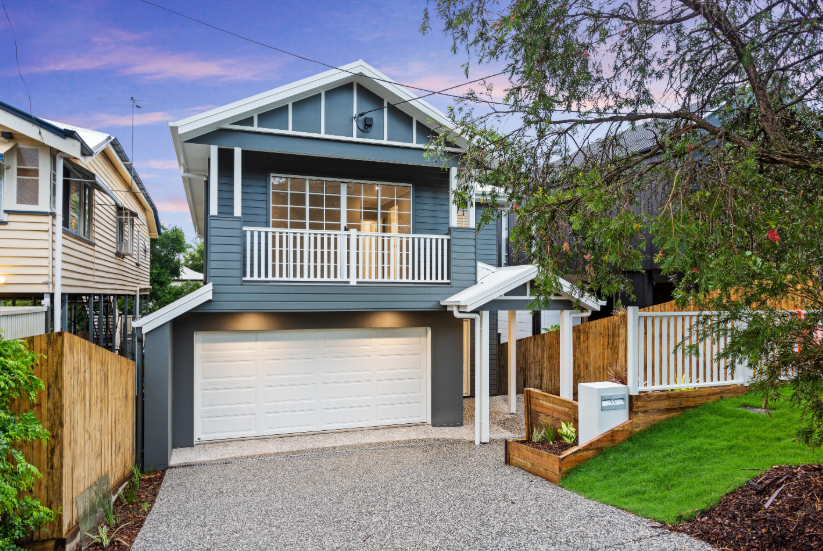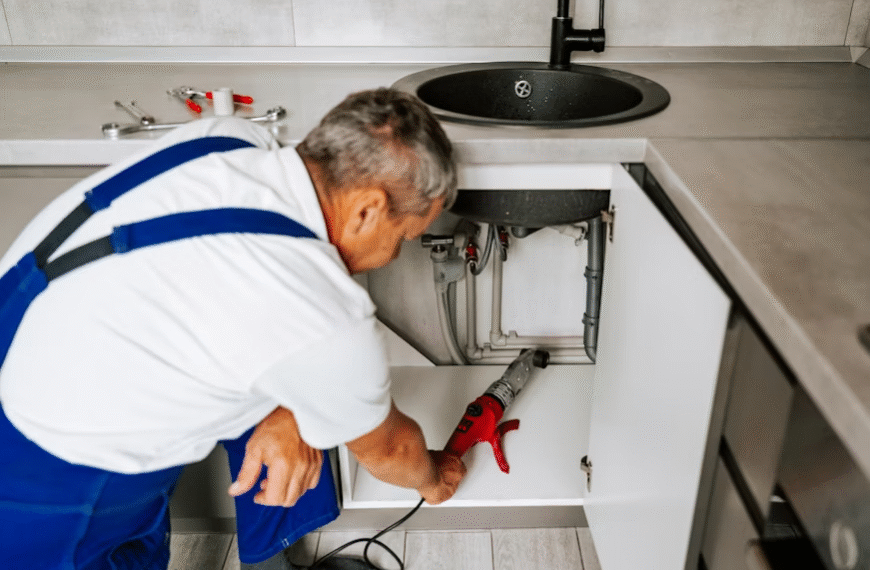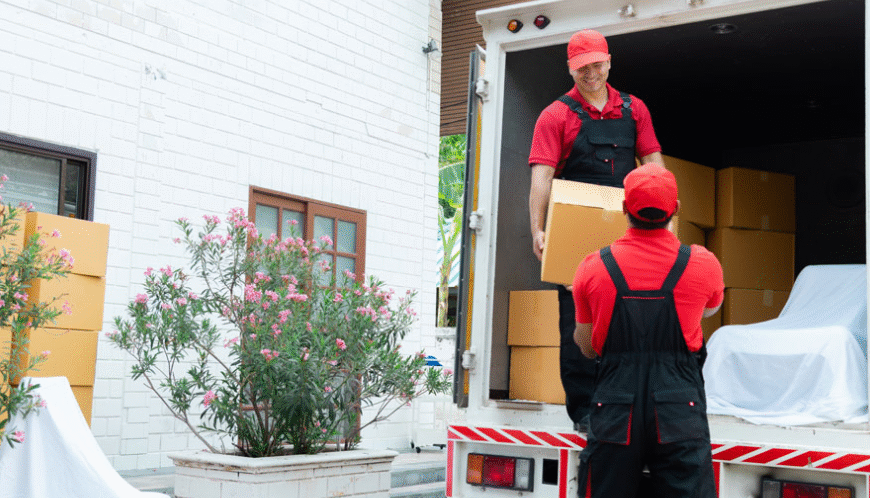House raising, sometimes referred to as house lifting or home elevation, is a construction process where a building is lifted from its foundation to address structural concerns, improve flood protection, or create additional living space. In Brisbane, where many homes were built decades ago and flooding can be a concern due to the city’s river systems and rainfall patterns, house raising has become an increasingly considered solution. Understanding the costs, benefits, and processes involved can help homeowners make informed decisions.
Understanding House Raising
House raising in Brisbane involves lifting a house from its original foundation using hydraulic jacks and other specialized equipment. Once elevated, the foundation can be repaired, replaced, or enhanced, and in some cases, extra space such as a garage, storage area, or living area can be added underneath. While it may sound complex, this process has been successfully executed for both small and large homes across Brisbane for decades.
There are various reasons why homeowners choose to raise their houses. Some common motivations include mitigating flood risks, addressing foundation problems, preserving the structural integrity of older homes, or increasing the property’s value. By elevating a home, owners can safeguard their investment against water damage and future-proof the property for changing environmental conditions.
Benefits of House Raising
1. Flood Protection and Safety
One of the most significant advantages of raising a home in Brisbane is protection against flooding. Certain areas of the city are prone to seasonal floods, and homes built on lower levels can experience water damage that is costly and disruptive. Elevating a house above flood levels reduces the risk of water entering living areas, thereby protecting property and personal belongings.
2. Structural Repairs and Longevity
Over time, foundations can deteriorate due to soil movement, poor construction, or water damage. Raising a house allows for thorough inspection and repair of the foundation. Addressing these issues early can prevent more severe problems in the future, increasing the structural longevity of the building. A well-maintained foundation ensures the home remains safe and stable for many years.
3. Added Space and Functionality
Another appealing benefit is the opportunity to utilize the space created beneath the elevated house. This area can serve multiple purposes, such as a garage, storage area, workshop, or even additional living space. For homes with limited land, this is an excellent way to maximize property utility without extending the building footprint.
4. Increased Property Value
Homes that are elevated above flood levels and have a structurally sound foundation tend to be more attractive to buyers. Investing in house raising can enhance property value and appeal, especially in neighborhoods where flooding is a concern or older homes are common. The added usable space beneath the house also contributes positively to resale potential.
5. Environmental and Insurance Benefits
Raising a house can have indirect environmental benefits by reducing water damage and preventing mold growth. It can also lower insurance premiums in some cases, as elevated homes may be considered less at risk of flood damage. Homeowners who raise their houses may find themselves better prepared for climate-related challenges and more financially secure against potential disasters.
See also: Affordable House Renovations That Transform Your Home Beautifully
Costs of House Raising in Brisbane
The cost of raising a house in Brisbane varies depending on several factors. Key considerations include the size and type of the home, the condition of the existing foundation, the intended height of elevation, and access to the property for machinery and equipment. Typically, costs are calculated per square meter or by total project scope and complexity.
For single-story homes, costs are generally lower compared to multi-story properties due to the simpler structural requirements. Additionally, older homes may require more extensive preparation work, such as reinforcing the structure before lifting. Site accessibility and soil conditions can also influence costs, as difficult terrain may require specialized equipment or additional labor.
While house raising represents a significant financial investment, it is often offset by the long-term benefits, including reduced flood risk, improved structural integrity, increased property value, and potential insurance savings. Homeowners should carefully consider the scope of work and consult with experienced professionals to obtain accurate estimates before starting the project.
The House Raising Process
1. Assessment and Planning
The first step in house raising is a detailed assessment of the property. This includes inspecting the foundation, structural framework, and surrounding site conditions. Proper planning ensures that the lift is safe and effective. Homeowners need to decide on the desired height of elevation, any additional features to be added beneath the house, and the overall timeline for completion.
2. Preparation
Before lifting the house, the site must be prepared. This can include clearing the surrounding area, temporarily disconnecting utilities, and reinforcing the structure to ensure it can withstand the lifting process. Safety is a top priority during this stage, as the house must remain stable while elevated.
3. Lifting the House
Hydraulic jacks are typically used to raise the home slowly and evenly from its foundation. The process is carefully monitored to prevent structural damage. Depending on the size and complexity of the home, this stage can take several days to complete. Precision and expertise are crucial to avoid any twisting or uneven lifting that could compromise the structure.
4. Foundation Work
Once the house is elevated, the foundation can be repaired, replaced, or upgraded. New supports, concrete footings, or additional reinforcements may be installed. For homeowners looking to add functional space beneath the house, this is the stage where framing and preparation for the lower area take place.
5. Lowering and Finishing
After the foundation is ready, the house is carefully lowered and secured onto the new base. Utilities are reconnected, and any cosmetic work, such as landscaping or exterior finishing, is completed. At this point, the house is elevated, structurally sound, and ready for use.
Final Thoughts
House raising in Brisbane is a practical solution for homeowners seeking to improve safety, address foundation concerns, and maximize property value. While the process requires careful planning and a financial investment, the benefits of flood protection, structural integrity, and additional space are significant. By understanding the costs, benefits, and detailed steps involved, homeowners can make informed decisions that protect their investment and enhance their living environment.
Elevating a house is more than just a construction project—it is a long-term strategy to ensure the safety, usability, and value of a property. For Brisbane homeowners, particularly those in flood-prone areas, house raising offers a tangible solution to modern challenges while preserving the charm and functionality of older homes.
















